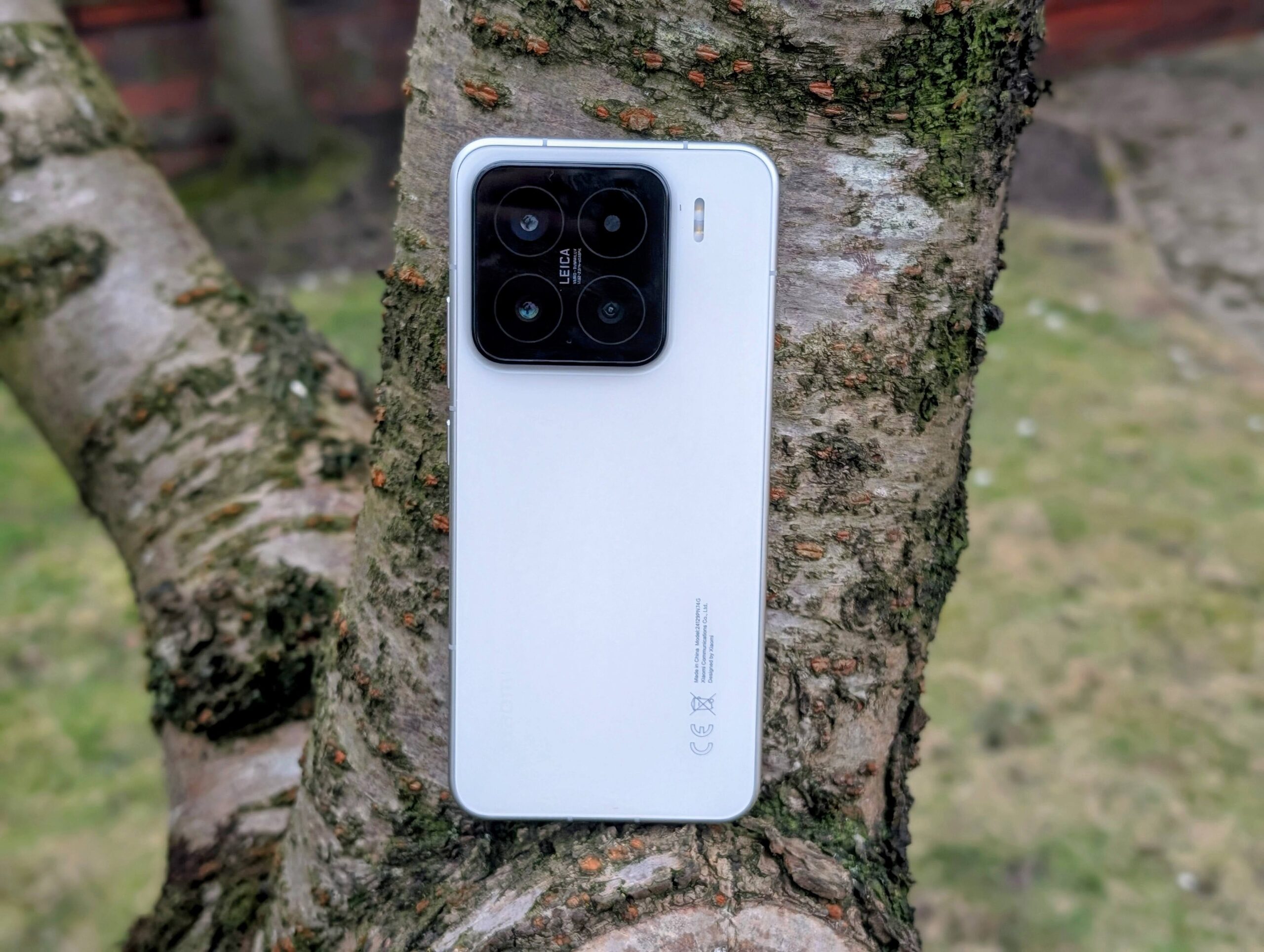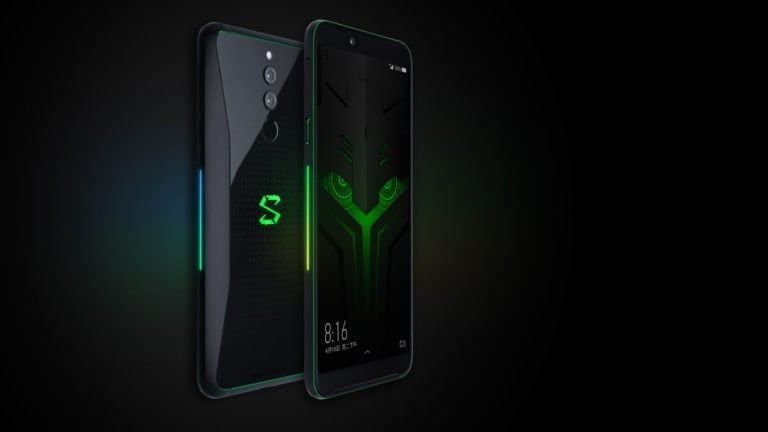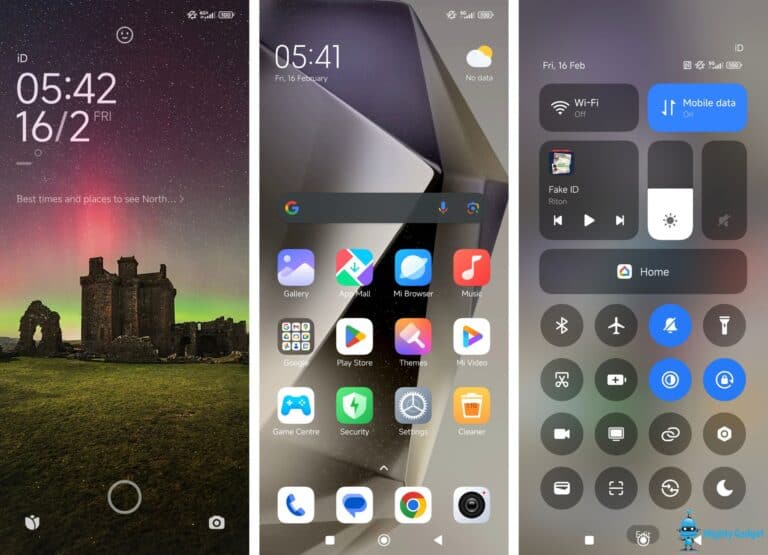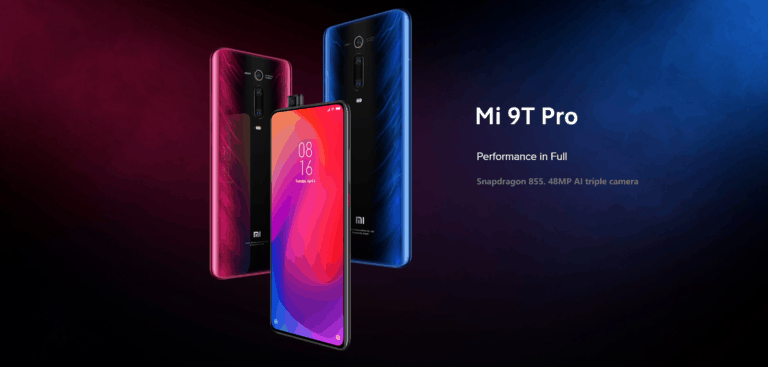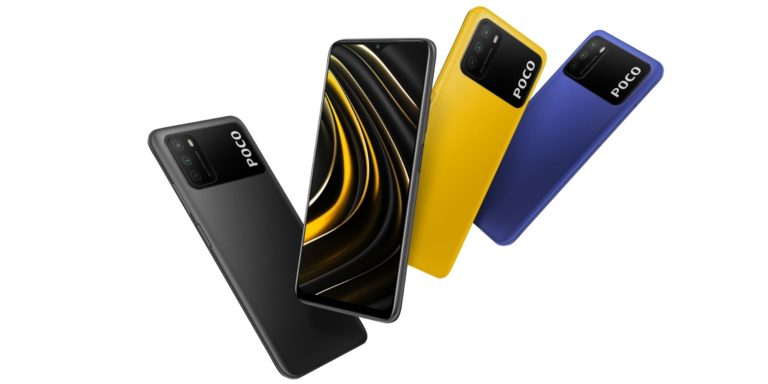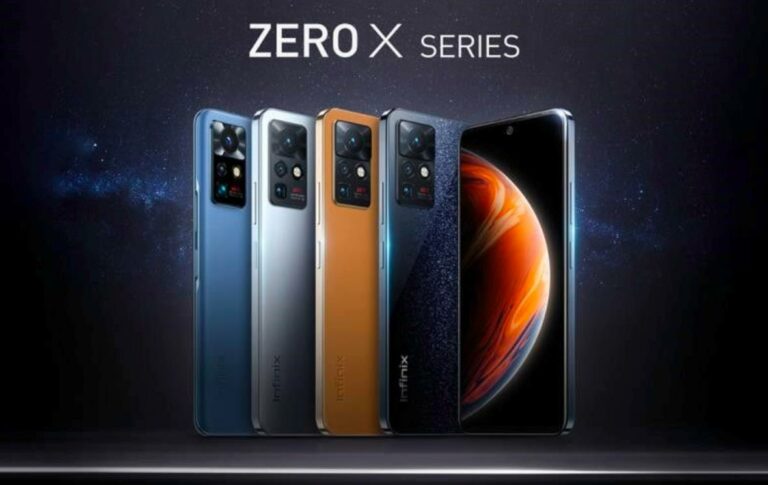Any links to online stores should be assumed to be affiliates. The company or PR agency provides all or most review samples. They have no control over my content, and I provide my honest opinion.
Xiaomi has announced its latest flagship phones with the Xiaomi 15 series, which consists of the 6.3” Xiaomi 15 and 6.7” Pro model. Early leaks suggest that the Ultra model will also be launched, which features a 50 MP camera with a 1” sensor and a 200MP telephoto lens.
I have been using the Xiaomi 15 for the past few weeks as my daily driver and have been very happy with it.
Related Reviews
Xiaomi 15 vs Xiaomi 14 Specification
| Xioami 15 | Xioami 14 | |
| Dimensions | 152.3mm x 71.2mm x 8.08mm | 152.8 x 71.5 x 8.2 mm or 8.3 mm |
| Weight | 191g | 188 g or 193 g (6.63 oz) |
| Build | Glass front, glass/eco leather back, titanium/aluminium alloy frame | Glass front (Gorilla Glass Victus), glass/silicone polymer back, aluminium frame |
| SIM | Dual SIM (nano SIM + nano SIM / nano SIM + eSIM / eSIM + eSIM) | Nano-SIM + eSIM, or Nano-SIM + Nano-SIM |
| Water Resistance | IP68 dust tight and water resistant (immersible up to 1.5m for 30 min) | IP68 dust tight, water resistant (immersible up to 1.5m for 30 min) |
| Display Type | LTPO OLED, 1B colours, 120Hz, Dolby Vision, HDR10+, 3200 nits (peak) | LTPO OLED, 68B colours, 120Hz, Dolby Vision, HDR10+, 1000 nits (typ), 3000 nits (peak) |
| Display Size | 6.36 inches, 97.6 cm2 (~90.0% screen-to-body ratio) | 6.36 inches, 97.6 cm² (~89.3% screen-to-body ratio) |
| Resolution | 1200 x 2670 pixels, 20:9 ratio (~460 ppi density) | 1200 x 2670 pixels, 20:9 ratio (~460 ppi density) |
| Protection | Xiaomi Shield Glass | Corning Gorilla Glass Victus |
| OS | Android 15, up to 4 major upgrades, HyperOS | Android 14, upgradable to Android 15, up to 4 major upgrades, HyperOS 1.1 |
| Chipset | Qualcomm Snapdragon 8 Elite (3 nm) | Qualcomm SM8650-AB Snapdragon 8 Gen 3 (4 nm) |
| CPU | Octa-core (2×4.32 GHz Oryon V2 Phoenix L + 6×3.53 GHz Oryon V2 Phoenix M) | Octa-core (1×3.3 GHz Cortex-X4 & 3×3.2 GHz Cortex-A720 & 2×3.0 GHz Cortex-A720 & 2×2.3 GHz Cortex-A520) |
| GPU | Adreno 830 | Adreno 750 |
| Internal Storage | 256GB 12GB RAM, 512GB 12GB RAM, 512GB 16GB RAM, 1TB 16GB RAM | 256GB 8GB RAM, 256GB 12GB RAM, 512GB 12GB RAM, 512GB 16GB RAM, 1TB 16GB RAM |
| Main Camera | Wide: 50MP 1/1.31″, ƒ/1.62, OIS Light Fusion 900 image sensor Telephoto: 50MP, ƒ/2.0, OIS, JN5 image sensor Ultrawide: 50MP, ƒ/2.2, 115° FOV JN1 image sensor | 50 MP, f/1.6, 23mm (wide), 1/1.31″, 1.2µm, dual pixel PDAF, OIS 50 MP, f/2.0, 75mm (telephoto), PDAF (10cm – ∞), OIS, 3.2x optical zoom 50 MP, f/2.2, 14mm, 115˚ (ultrawide) |
| Features | Laser AF, colour spectrum sensor, Leica lenses, Dual-LED flash, HDR, panorama | Laser AF, colour spectrum sensor, Leica lens, Dual-LED dual-tone flash, HDR, panorama |
| Video | 8K video recording at 24fps, 30fps 4K Dolby Vision® video recording at 24fps, 30fps, 60fps 4K Log video recording at 24fps, 30fps, 60fps | 8K@24fps (HDR), 4K@24/30/60fps (HDR10+, Dolby Vision), 1080p@30/60/120/240/960fps, gyro-EIS |
| Selfie Camera | 32 MP, f/2.0, 22mm (wide), 1/3.14″, 0.7µm | 32 MP, f/2.0, 22mm (wide), 1/3.14″, 0.7µm |
| Battery | 5240mAh (typ) Xiaomi Surge Battery | Li-Po 4610 mAh |
| Charging | 90W HyperCharge 50W wireless HyperCharge | 90W wired, PD3.0, QC4; 50W wireless; 10W reverse wireless |
| Loudspeaker | Yes, with stereo speakers | Yes, with stereo speakers |
| 3.5mm Jack | No | No |
| Wi-Fi | Wi-Fi 802.11 a/b/g/n/ac/6e/7, tri-band, Wi-Fi Direct | Wi-Fi 802.11 a/b/g/n/ac/6e/7, dual-band, Wi-Fi Direct |
| Bluetooth | 5.4, A2DP, LE, aptX HD, aptX Adaptive, LHDC | 5.4, A2DP, LE, aptX HD, aptX Adaptive, LHDC |
| NFC | Yes | Yes |
| USB | USB Type-C 3.2, OTG | USB Type-C 3.2, OTG |
| Sensors | Fingerprint (under display, optical), accelerometer, proximity, gyro, compass, barometer | Fingerprint (under display, optical), accelerometer, proximity, gyro, compass, barometer |
| Colours | Black, White, Silver, Green, Lilac | Black, White, Jade Green, Pink |
Xiaomi 15 vs Xiaomi 15 Pro vs Xiaomi 15 Ultra
At the time of writing, the Xiaomi 15 Ultra launch has not been officially confirmed, but leaks have confirmed it, with almost a complete specification available. The Ultra is shaping up to be one of the best flagship phones of the year, thanks to its incredibly impressive camera specifications.
Here is a quick rundown of the differences between the three phones:
Display:
- Xiaomi 15:
- Size: 6.36 inches
- Resolution: 1200 x 2670 pixels (~460 ppi density)
- Type: LTPO OLED, 1B colours, 120Hz, Dolby Vision, HDR10+, 3200 nits (peak)
- Xiaomi 15 Pro:
- Size: 6.73 inches
- Resolution: 1440 x 3200 pixels (~522 ppi density)
- Type: LTPO AMOLED, 68B colours, 120Hz, Dolby Vision, HDR10+, 3200 nits (peak)
- Xiaomi 15 Ultra:
- Size: 6.73 inches
- Resolution: 1440 x 3200 pixels (~521 ppi density)
- Type: LTPO AMOLED, 68B colours, 120Hz, Dolby Vision, HDR10+, 1000 nits (typ), 3000 nits (peak)
3. Camera System:
- Xiaomi 15:
- Wide: 50 MP, f/1.6, 23mm (wide), 1/1.31″, 1.2µm, dual pixel PDAF, OIS
- Telephoto: 50 MP, f/2.0, 60mm (telephoto), PDAF (10cm – ∞), OIS, 3x optical zoom
- Ultrawide: 50 MP, f/2.2, 14mm, 115˚ (ultrawide)
- Xiaomi 15 Pro:
- Wide: 50 MP, f/1.6, 23mm (wide), 1/1.31″, 1.2µm, dual pixel PDAF, OIS
- Telephoto: 50 MP, f/2.5, 120mm (periscope telephoto), PDAF (30cm – ∞), OIS, 5x optical zoom
- Ultrawide: 50 MP, f/2.2, 14mm, 115˚ (ultrawide), AF
- Xiaomi 15 Ultra:
- Wide: 50 MP, f/1.6-f/4.0, 23mm (wide), 1.0″-type, 1.6µm, multi-directional PDAF, OIS
- Telephoto: 50 MP, f/1.8, 75mm (telephoto), 1/2.51″, 0.7µm, dual pixel PDAF (10cm – ∞), OIS, 3.2x optical zoom
- Telephoto: 200 MP, f/2.6, (periscope telephoto), 1/1.4″, 0.56µm, multi-directional PDAF, OIS, 4.3x optical zoom
- Ultrawide: 50 MP, f/1.8, (ultrawide), 1/2.76″, 0.64µm, dual pixel PDAF
- Additional: TOF 3D, (depth)
4. Battery and Charging:
- Xiaomi 15:
- Battery: Si/C Li-Ion 5400 mAh (Chinese model) 5240mAh (Global)
- Charging: 90W wired, 50W wireless, 10W reverse wireless
- Xiaomi 15 Pro:
- Battery: Si/C Li-Ion 6100 mAh
- Charging: 90W wired, 50W wireless, 10W reverse wireless
- Xiaomi 15 Ultra:
- Battery: 5500 mAh
- Charging: 120W wired, 80W wireless, 10W reverse wireless
Xiaomi 15 vs Xiaomi 15 Pro vs Xiaomi 15 Ultra Summary and Notes
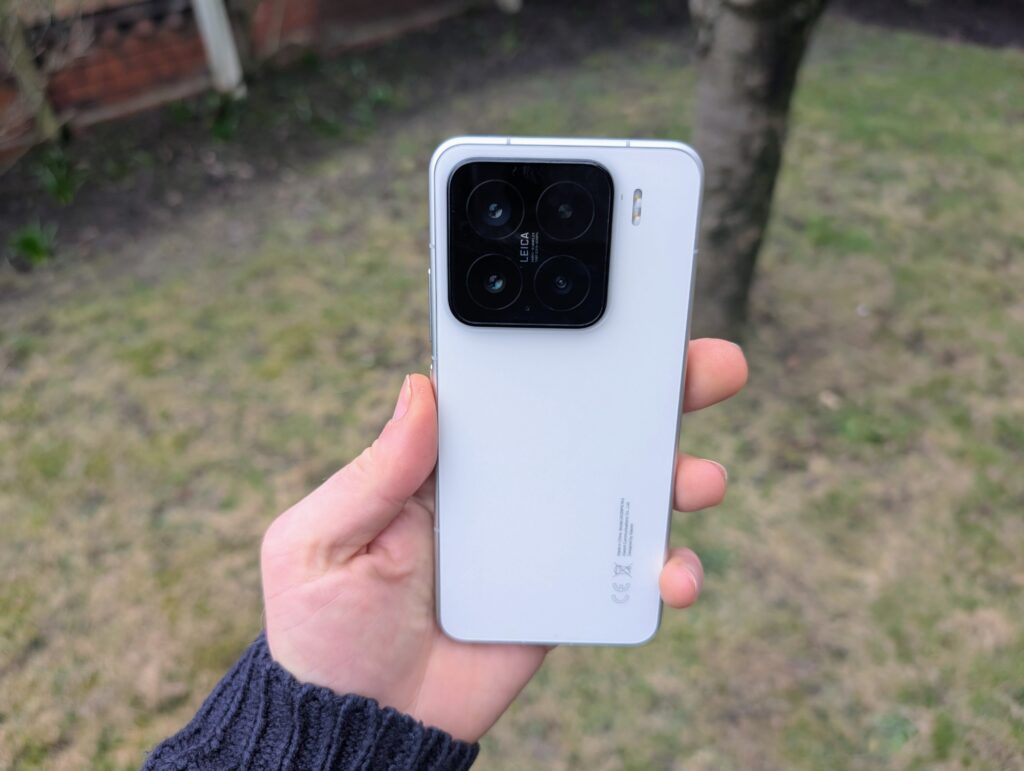
The above details use the leaked specs of the Xiaomi 15 Ultra and the Chinese variant of the Pro.
The global Xiaomi 15 has slightly different specs. In particular, the battery is smaller, so I would think the Pro model may follow the same trend.
The Xiaomi 15 and 15 Pro are almost identical hardware other than the dimensions on display. The only other key difference is that the Pro has a periscope telephoto lens, allowing it to achieve 5x optical zoom vs 3x. And, of course, a larger phone has a bigger battery.
I like what Xiaomi have done here (and it would seem Google copied the idea with he Pixel 9 Pro/Pro XL) you have the choice of a small or large phone and you don’t have to sacrifice on the specs too much if you go for the smaller phone.
As for the Ultra, this is the epitome of a flagship phone. While many of the specs are the same as the Pro, it is the camera where it really excels. This will be one of the few phones on the market with a 1” camera sensor, which eclipses what you get from popular brands like Google Pixel and Samsung. It is then combined with two zoom lenses, including that 200MP 1/1.4” 4.3x zoom lens, which is far superior to the likes of the Samsung Galaxy S25 Ultra.
Then, you get faster charging with 120W wired and 80W wireless.
Design
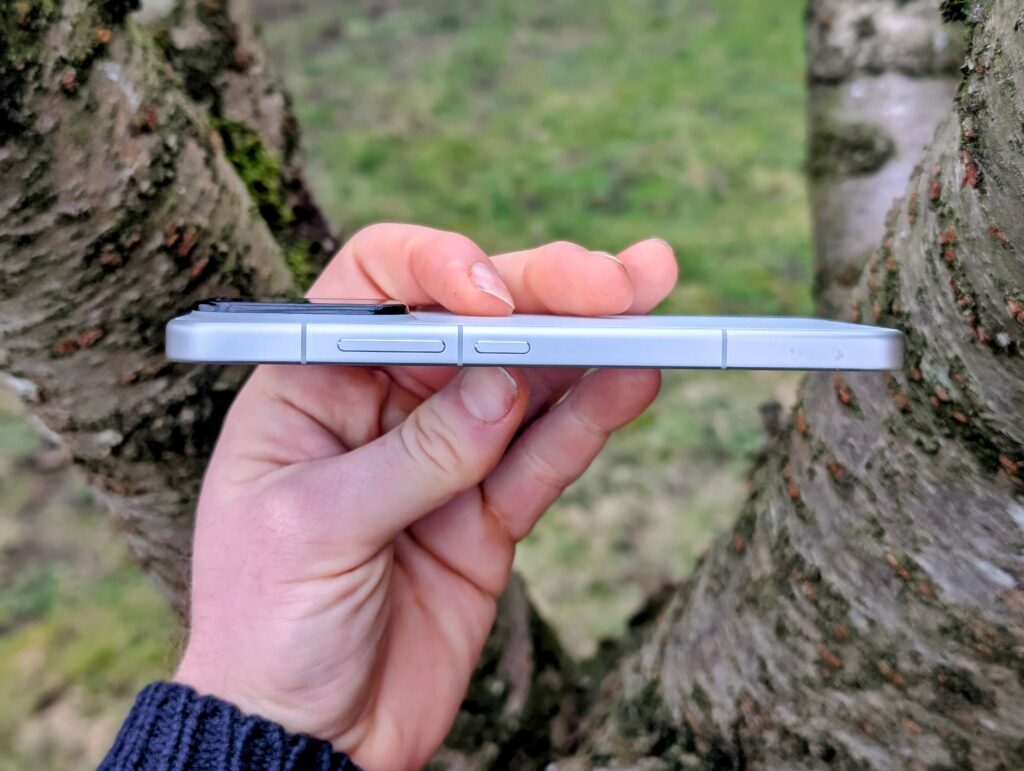
The Xiaomi 15 features a refined design that builds upon its predecessor. At 152.3mm x 71.2mm x 8.08mm and weighing 191g, it’s slightly slimmer, thinner, and lighter than the Xiaomi 14. The phone adopts a more angular aesthetic with flat edges, somewhat reminiscent of recent iPhone designs, which gives it a premium look and feel.
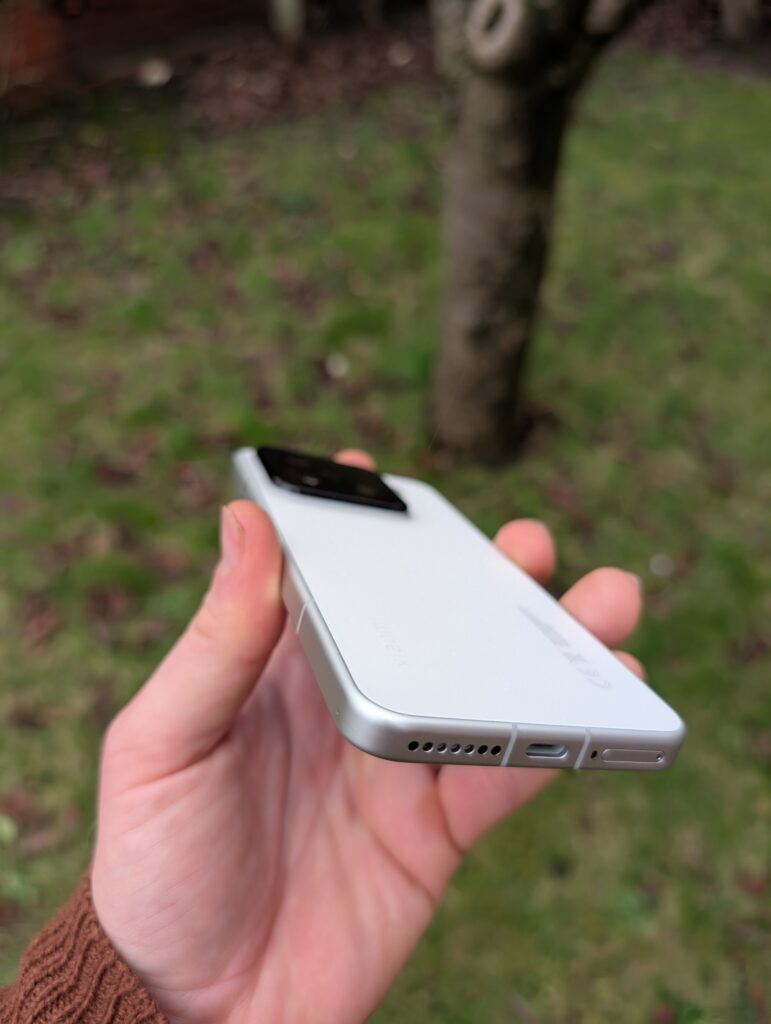
The device is available in several colour options, including Black, White, Light Green, Lilac, and Silver. My review unit came in the white colourway, which features a matte pearlescent glass back that does an excellent job of resisting fingerprints.
Build quality is excellent, with tight, even seams throughout the construction. The phone uses what Xiaomi calls Shield Glass, which was featured on last year’s Xiaomi 14 Ultra and is claimed to be more robust than the Gorilla Glass Victus used on the smaller Xiaomi 14. The frame is made from aluminium, contributing to the premium feel while keeping weight reasonable. The device also boasts IP68 certification for dust and water resistance, providing peace of mind for everyday use.
While the display is flat, the bezel around the edge is extremely thin giving an excellent screen-to-body ratio.
Display
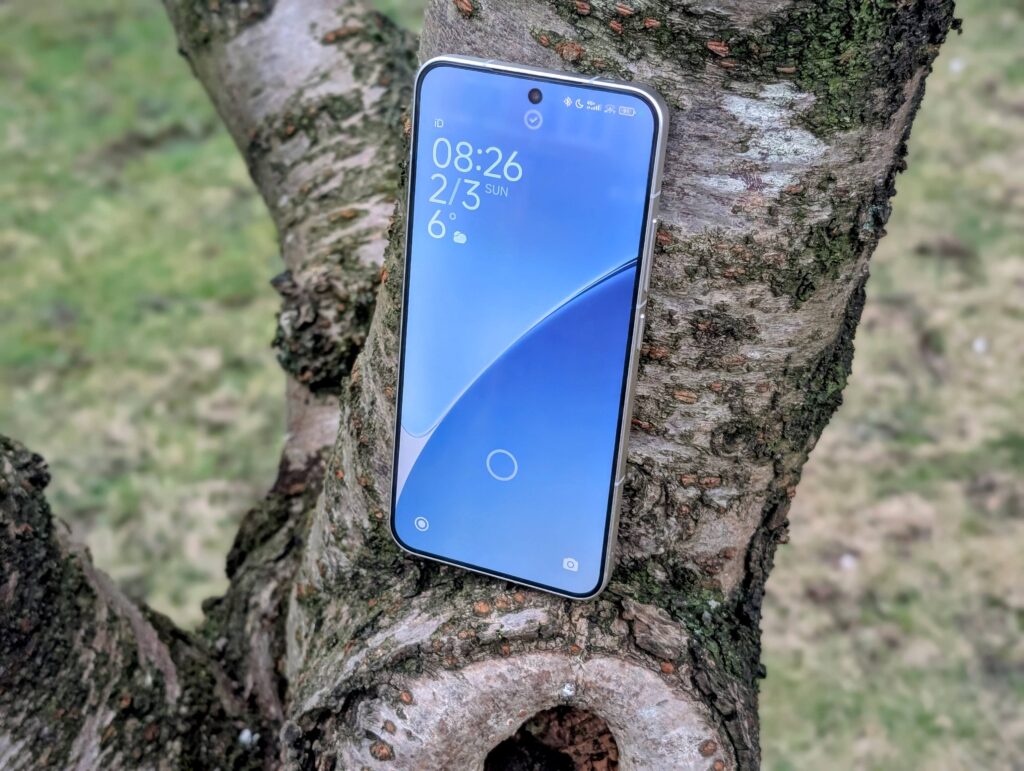
The Xiaomi 15 features a 6.36-inch LTPO OLED display with a resolution of 1200 x 2670 pixels, resulting in a sharp 460 ppi pixel density. The screen supports a 1-120Hz variable refresh rate, which helps balance smoothness and battery efficiency. Touch sampling has been increased to 300Hz, making the device feel more responsive to inputs.
Perhaps the most impressive aspect of this display is its brightness capability. With a peak brightness of 3,200 nits, the Xiaomi 15 can get extremely bright when needed, making it easily visible even in direct sunlight.
The display supports both Dolby Vision and HDR10+, ensuring compatibility with a wide range of high-dynamic-range content. The panel covers the DCI-P3 colour gamut, and the colours are vibrant and accurate. The screen also includes TÜV Rheinland certifications for hardware-level low blue light, rhythm-friendly operation, and flicker-free performance, which should help reduce eye strain during extended use.
Xiaomi has upgraded the fingerprint sensor from an optical to an ultrasonic sensor, which is generally more reliable, especially with wet fingers. In my testing, the sensor was quick and accurate, rarely failing to recognise my fingerprint on the first attempt.
The display quality is truly flagship-grade, with excellent viewing angles, deep blacks, and vibrant colours. Text appears crisp, and the high brightness makes outdoor visibility a non-issue. The 120Hz refresh rate ensures smooth scrolling and animations throughout the interface, contributing to the premium feel of the device.
Camera
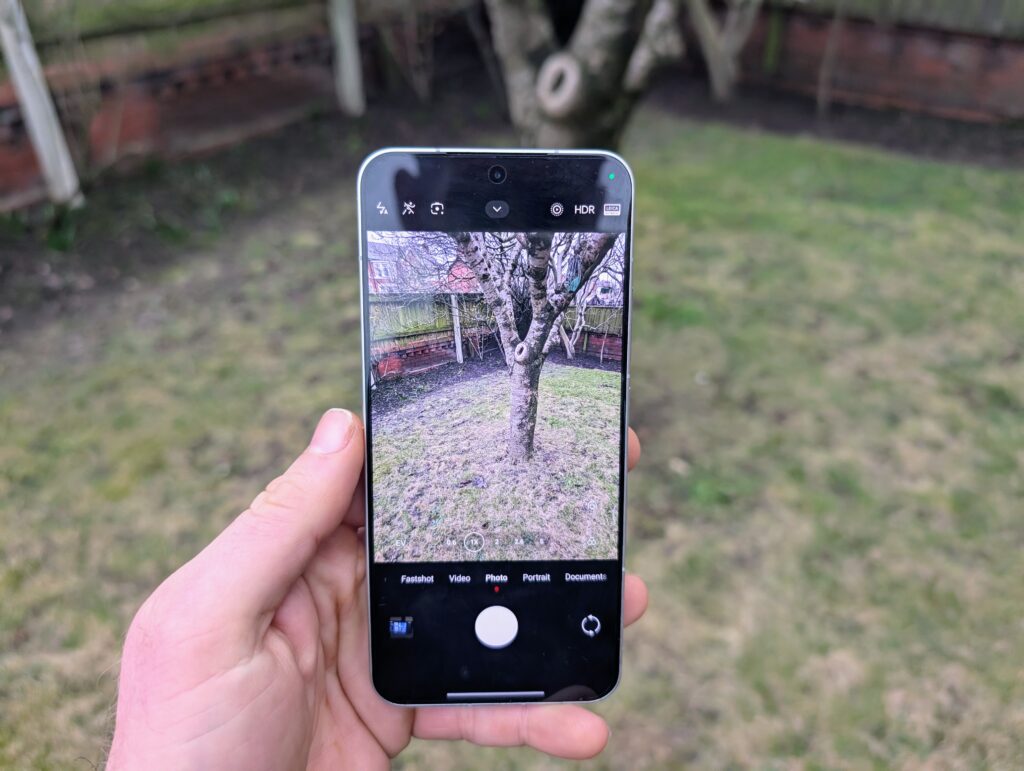
The Xiaomi 15 features a triple camera system co-engineered with Leica, consisting of:
- 50MP main camera (f/1.62) with Light Fusion 900 image sensor and OIS
- 50MP telephoto camera (f/2.0) with JN5 image sensor and OIS
- 50MP ultrawide camera (f/2.2) with JN1 image sensor and 115° field of view
This setup is similar to the Xiaomi 14, though with some sensor upgrades. The main camera uses the Light Fusion 900 sensor, which performs well in various lighting conditions. Images from this camera show good detail, natural colours, and excellent dynamic range in daylight conditions. The Leica colour science gives photos a distinctive look, with two styles available: Leica Authentic and Leica Vibrant.
The telephoto camera offers 3x optical zoom and also functions as a macro lens, capable of focusing on subjects as close as 10cm. This versatility is useful, allowing for detailed close-ups without switching to a dedicated macro lens. Zoom performance is solid up to about 5x, after which digital zoom begins to show its limitations.
The ultrawide camera maintains the same 50MP resolution as the other lenses, providing consistency across the system. However, it does show some softness towards the edges of the frame and doesn’t quite match the main sensor in terms of detail and dynamic range.
Low-light performance is generally good across all three cameras, though the main sensor predictably delivers the best results. Night mode helps bring out details in dark scenes without introducing excessive noise, though very challenging lighting conditions can still result in some loss of detail.
Portrait mode benefits from the dedicated telephoto lens, producing a natural-looking bokeh with good subject separation. Edge detection is mostly accurate, though it can occasionally struggle with complex hair or transparent objects.
Video recording capabilities include 8K at 24/30fps, 4K Dolby Vision recording at up to 60fps, and 4K Log video at up to 60fps. Video quality is generally good, with effective stabilisation and accurate colours.
The front-facing 32MP camera (f/2.0) takes detailed selfies with good colour accuracy. It can also record video at up to 4K 30fps.
Overall, the camera system on the Xiaomi 15 is versatile and capable, delivering excellent results in most situations. That being said, I find the camera performance on the Pixel 9 Pro superior.
Performance and Benchmarks

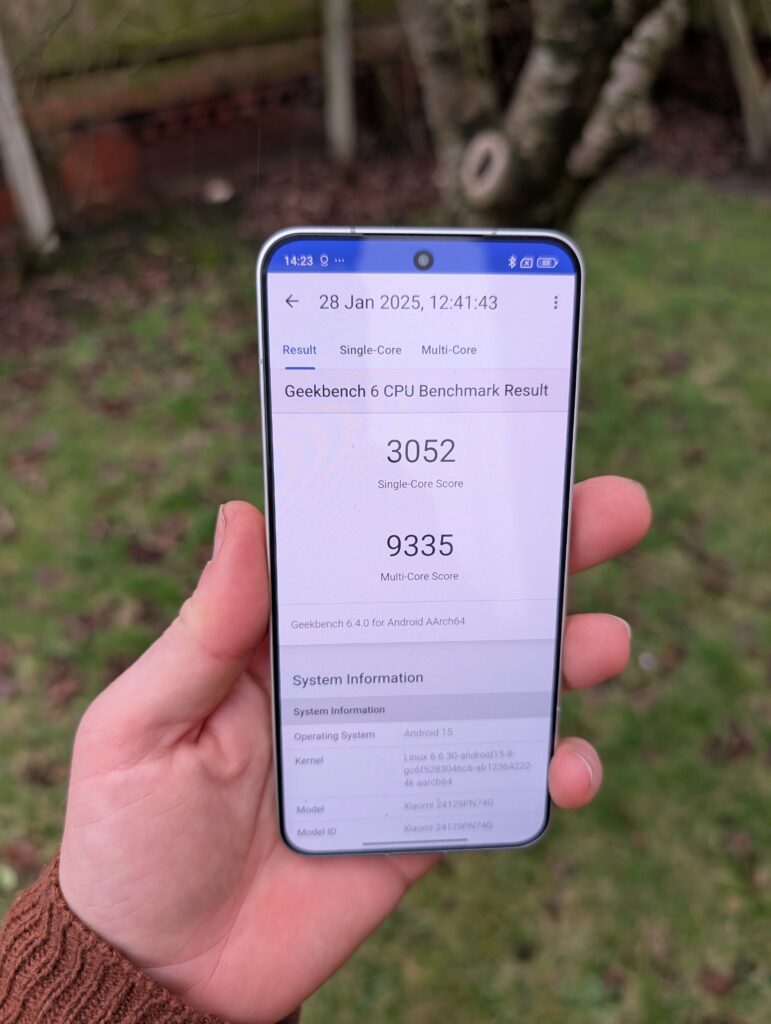
The Xiaomi 15 is powered by Qualcomm’s latest Snapdragon 8 Elite chipset, manufactured on a 3nm process. This represents a significant upgrade over the Snapdragon 8 Gen 3 found in the Xiaomi 14, with the new chip featuring Qualcomm’s custom Oryon cores instead of ARM’s Cortex designs.
The CPU configuration consists of two high-performance Oryon V2 Phoenix L cores clocked at 4.32 GHz and six efficiency-focused Oryon V2 Phoenix M cores running at 3.53 GHz. Graphics are handled by the Adreno 830 GPU, which offers substantial improvements over previous generations.
The device comes with either 12GB or 16GB of LPDDR5X RAM, paired with 256GB, 512GB, or 1TB of UFS 4.0 storage. My review unit featured 16GB of RAM and 512GB of storage, which proved more than adequate for all tasks. In particular, I think 256GB is the minimum storage I require for a phone nowadays and it is one of my biggest gripes with the Pixel series and its 128GB base storage options.
In benchmarks, the Xiaomi 15 sets new records for Android devices. It achieved an AnTuTu score of 2,677,100 points, placing it among the fastest Android phones currently available. This raw performance translates to excellent real-world usage, with apps opening instantly and multitasking handled with ease.
Gaming performance is similarly impressive. The powerful Adreno 830 GPU can handle demanding titles like Genshin Impact, PUBG Mobile, and Call of Duty Mobile at high settings without significant frame drops. However, it’s worth noting that the phone does get warm during extended gaming sessions, with the Snapdragon 8 Elite showing a tendency to heat up under sustained loads.
Day-to-day performance is flawless, with HyperOS 2.0 (based on Android 15) feeling smooth and responsive. Apps launch quickly, animations are fluid, and there’s no noticeable lag even when rapidly switching between multiple applications.
The UFS 4.0 storage also contributes to the snappy feel, with fast app loading times and quick file transfers.
While the Snapdragon 8 Elite does have thermal limitations under sustained loads, for most users, the Xiaomi 15 will feel like one of the fastest and most responsive phones available today.
Battery Life & Charging
Battery life is one area where the Xiaomi 15 shows significant improvement over its predecessor. The device features a 5,240mAh (global variant) or 5,400mAh (Chinese variant) silicon-carbon battery, which is approximately 17% larger than the 4,610mAh cell in the Xiaomi 14.
This larger battery, combined with the efficient Snapdragon 8 Elite chipset and LTPO display, results in exceptional battery life. In real-world usage, the phone easily lasts through a full day of heavy use, with lighter users potentially stretching to two days between charges. I end most days with around 50% battery life.
Charging capabilities are a strong point when compared to Samsung and Pixel. With 90W wired HyperCharge support allowing the battery to be fully charged in around 30-35 minutes. The phone also supports 50W wireless charging, which is faster than many competitors’ wired charging speeds. Additionally, 10W reverse wireless charging is available for topping up accessories like earbuds or smartwatches.
The included 90W charger is a welcome addition, as many manufacturers have stopped including chargers with their flagship devices.
Battery health is another consideration, with Xiaomi implementing various optimisations to maintain capacity over time. The silicon-carbon battery technology should theoretically offer better longevity than traditional lithium-ion cells, though this will need to be evaluated over a longer period.
Audio and Connectivity
The Xiaomi 15 features stereo speakers that produce clear, loud audio with decent bass for a smartphone.. The lack of a 3.5mm headphone jack is expected at this point, with USB-C audio and Bluetooth being the available options for private listening.
Connectivity options are comprehensive, including:
- Wi-Fi 7 (tri-band)
- Bluetooth 6.0 with aptX HD, aptX Adaptive, and LHDC support
- NFC
- IR blaster for controlling home appliances
- USB 3.2 Type-C port with OTG support
- Dual SIM capability (nano SIM + nano SIM / nano SIM + eSIM / eSIM + eSIM)
The phone supports all major 5G bands, ensuring good coverage in most regions. Call quality is excellent, with clear voice reproduction and effective noise cancellation during conversations.
GPS performance is reliable, with support for dual-band GPS, GLONASS, BDS, GALILEO, and QZSS systems ensuring accurate positioning. This makes the phone suitable for navigation and location-based services.
The inclusion of Wi-Fi 7 is part of the Qualcomm chipset and allows the phone to achieve multi-gig Wi-Fi throughput if you have a Wi-Fi 7 router and Internet speeds to support it.
Bluetooth 6.0 support is a notable feature that claims to enhance location services through precise distance measurement, strengthened security features and improved data transmission with up to 3Mbps vs 2Mbps of previous versions.
I have had a few issues with Bluetooth, including connectivity issues with the Technaxx TX-320 Wireless Car Play, and I struggled to pair the OnePlus Watch 3 at first. I suspect this is due to teething issues and using a pre-release phone. But, it seems to have improved the past week.
Android 15 and HyperOS
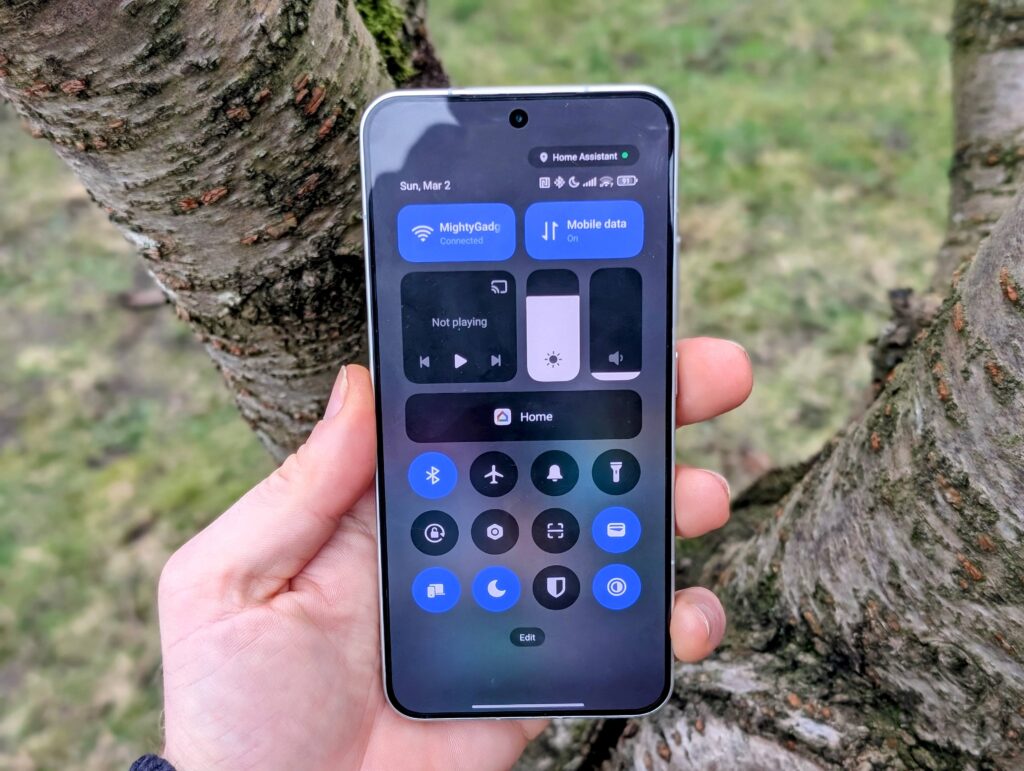
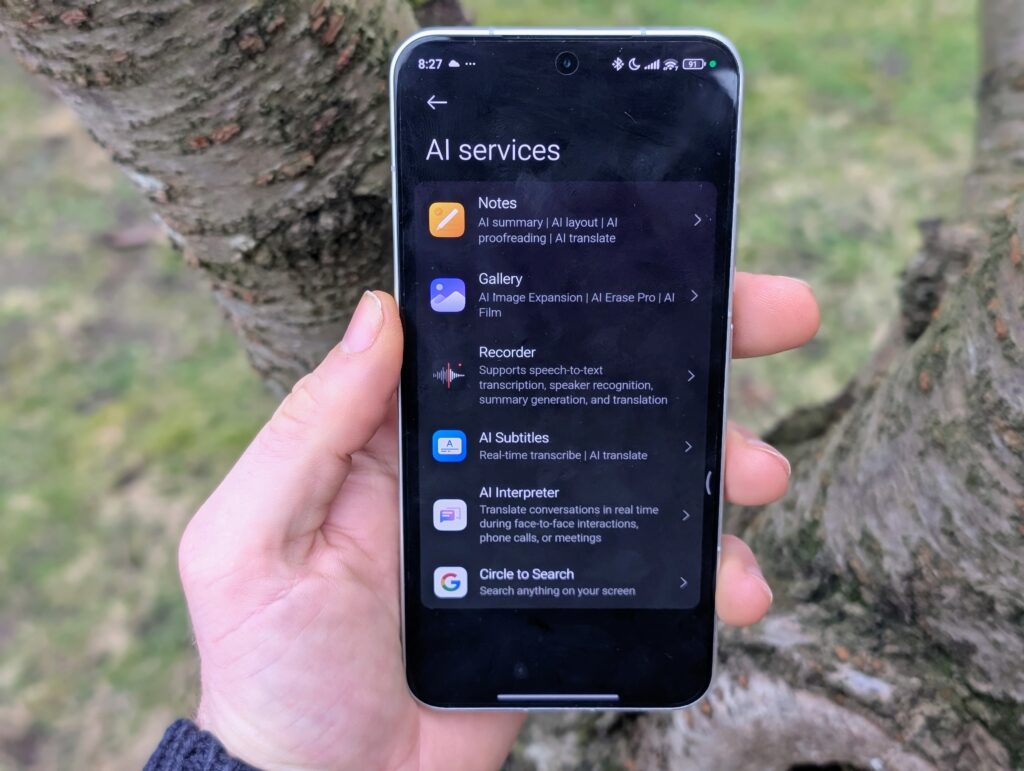
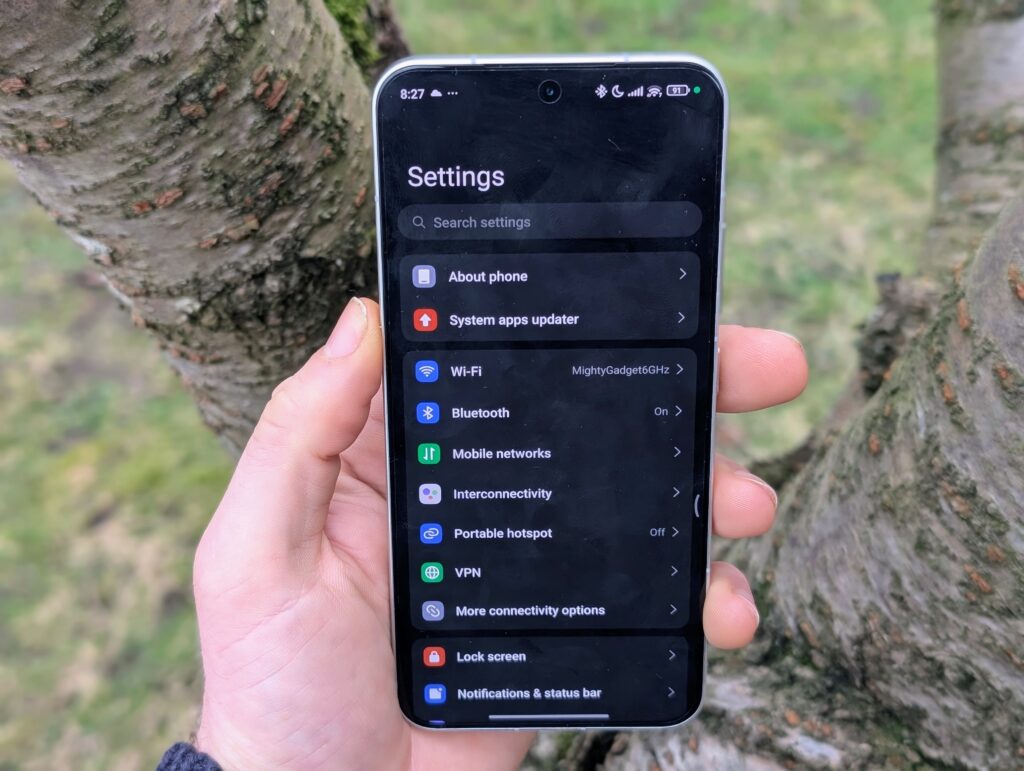
The Xiaomi 15 runs HyperOS 2.0 based on Android 15, representing the second generation of Xiaomi’s new operating system that replaced MIUI last year. HyperOS aims to provide a cleaner, more cohesive experience across Xiaomi’s ecosystem of devices.
The interface is visually appealing, with smooth animations and a consistent design language throughout the system. Customisation options are plentiful, allowing users to adjust everything from the home screen layout to system colours and icon shapes.
HyperOS 2.0 introduces several new features, including improved privacy controls, enhanced multitasking capabilities, and better integration with other Xiaomi devices. The notification system has been refined, and the settings menu is more logically organised than in previous versions.
Xiaomi has committed to providing four major Android updates and five years of security patches for the Xiaomi 15, which is competitive with other Android manufacturers and helps extend the device’s usable lifespan.
Pre-installed apps are still present, though less intrusive than in previous Xiaomi phones or their more affordable options. Some can be uninstalled, while others can only be disabled.
Performance is excellent, with HyperOS feeling responsive and well-optimised for the hardware. App opening times are minimal, and the system maintains its smoothness even after extended use. Memory management is effective, keeping frequently used apps ready in the background without excessive battery drain.
Price and Alternative Options
At the time of writing, the official launch price has not been revealed. You can buy grey imports from sites like Wonda for £600.
The Xiaomi 14 has an RRP of £849, so I’d expect the price to be around that.
The Pixel 9 Pro with 128GB has an RRP of £999, which makes it a poor value for money, but it often receives attractive discounts.
The 6.2” Samsung Galaxy S25 has an RRP of £799 for 128GB or £859 for 256GB, but Samsung significantly cuts back on the camera specification with the more affordable options making it look much less appealing in comparison to the Xiaomi.
Overall
Much like the Xiaomi 14, the Xiaomi 15 is one of the best options if you want a smaller Android phone with flagship specs.
The only caveat is that this year, buyers now have the choice of the Google Pixel 9 Pro, which is effectively the same as the XL model.
On paper, the Xiaomi is better. It has a superior chipset, Dolby Vision display, double the base storage, faster storage, a bigger battery, and faster charging.
In reality, it is not quite as simple as that. The Pixel camera generally performs better, and the OS experience is better, but it is a close call with no clearly superior phone.
Overall, I think the Xiaomi 15 is a superb phone and if you want a small phone, it is only this or the Pixel 9 Pro I would recommend.
Xiaomi 15 Review
Summary
The Xiaomi 15 is a fantastic compact flagship that offers top-tier performance, a stunning display, and excellent battery life, making it one of the best small Android phones on the market. While it competes closely with the Pixel 9 Pro, it stands out with its superior hardware, faster charging, and more versatile camera setup.
Overall
90%-
Overall - 90%90%
Pros
- Flagship-Level Performance – The Snapdragon 8 Elite delivers industry-leading speed, making it one of the fastest Android phones available.
- Bright and Vivid Display – The 6.36-inch LTPO OLED screen offers 3200 nits peak brightness, HDR10+, and Dolby Vision support.
- Versatile Camera System – The 50MP triple-camera setup, co-engineered with Leica, provides excellent photography capabilities, particularly in good lighting conditions.
- Exceptional Battery Life and Charging – The 5,240mAh battery easily lasts a day or more, with 90W wired and 50W wireless charging outpacing most competitors.
Cons
- Software Experience Still Lags Behind Pixel – While HyperOS is an improvement, Google’s clean Android experience remains superior.
- Camera Still Behind Pixel in Some Areas – While versatile, Xiaomi’s image processing doesn’t always match the consistency and computational photography of Google’s Pixel lineup.
I am James, a UK-based tech enthusiast and the Editor and Owner of Mighty Gadget, which I’ve proudly run since 2007. Passionate about all things technology, my expertise spans from computers and networking to mobile, wearables, and smart home devices.
As a fitness fanatic who loves running and cycling, I also have a keen interest in fitness-related technology, and I take every opportunity to cover this niche on my blog. My diverse interests allow me to bring a unique perspective to tech blogging, merging lifestyle, fitness, and the latest tech trends.
In my academic pursuits, I earned a BSc in Information Systems Design from UCLAN, before advancing my learning with a Master’s Degree in Computing. This advanced study also included Cisco CCNA accreditation, further demonstrating my commitment to understanding and staying ahead of the technology curve.
I’m proud to share that Vuelio has consistently ranked Mighty Gadget as one of the top technology blogs in the UK. With my dedication to technology and drive to share my insights, I aim to continue providing my readers with engaging and informative content.

